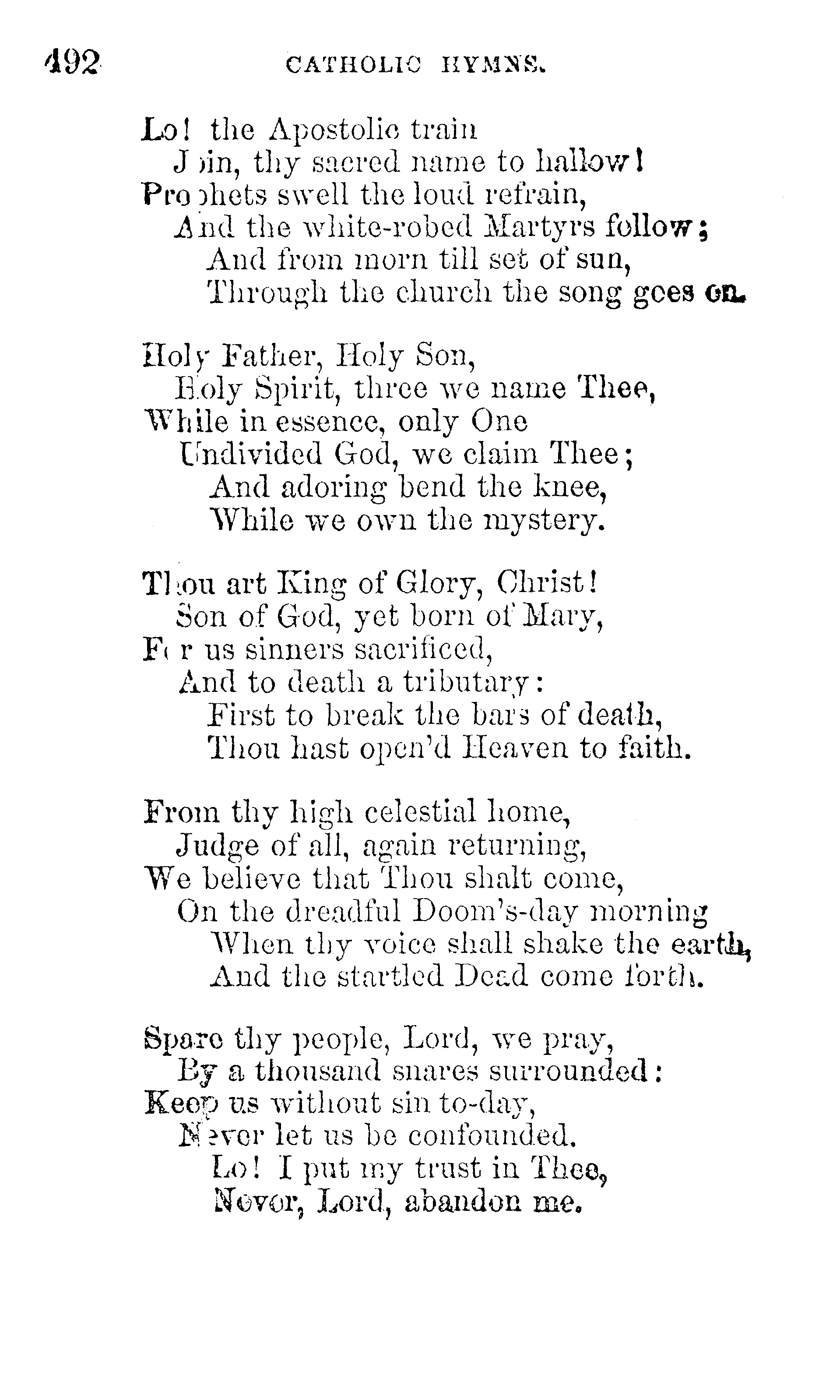

After Emilia leaves, Desdemona prays to Virgin Mary, asking her to pray for the sinner, the weak, the oppressed, the mighty, the unfortunate, and for them in the hour of their death. Knowing she may die that evening at the hand’s of Otello’s, Desdemona asks her servant Emilia to prepare her wedding gown with instructions to bury her in it in case she dies that evening. This sublime aria is sung in the fourth act of Giuseppe Verdi’s opera, “Otello” , by Desdemona. Stravinsky composed all three works in Slavic text, then fifteen years later, after moving to the United States, he republished the works with Latin texts. It wasn’t until he returned to the church that he wrote a series of three motets intended for use within the orthodoxy (The Lord’s Prayer (1926), Credo (1932), and Ave Maria (1934). Many saints have taught that Satan hates the Hail Mary, which is part of the reason why he hates the Rosary.

Stravinsky was raised in the Russian Orthodox Church, but in his young adult life, his religious practices were “put on hold” so to speak. The Hail Mary is undoubtedly one of the most powerful prayers that we Catholics have at our disposal. Schubert’s original published score for this song was not set to the Latin prayer despite its opening phrase “Ave Maria.”

Schubert based his work on Walter Scott’s similarly titled epic poem. In 1825, Schubert composed “ Ellens dritter Gesang” (Ellen’s Third Song) and included it in his collection of seven songs titled Liederzyklus vom Fräulein vom See (The Lady of the Lake).


 0 kommentar(er)
0 kommentar(er)
